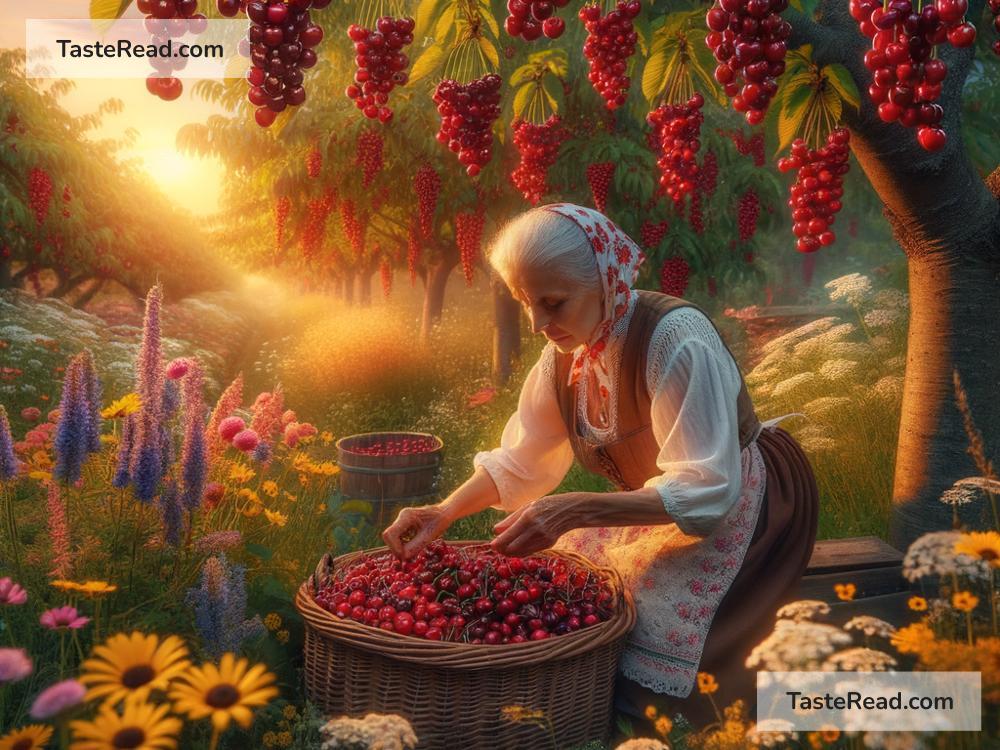The Ancient Story of Cherries in European Culture
Cherries are small red fruits that many of us love for their sweet and tangy flavor. They are used to make pies, jams, and even beverages. But did you know that cherries also have a fascinating story rooted in European history and culture? In this blog, we’ll explore the ancient journey of cherries throughout Europe and how they became a beloved symbol in food, art, and tradition.
The Origins of the Cherry
Cherries didn’t actually start out in Europe. Historians believe that cherries originated in Asia, likely around the area we now call the Caspian Sea. Over 2,000 years ago, cherries began their journey to Europe thanks to early civilizations and trade routes.
Many credit the Roman general Lucius Licinius Lucullus with introducing cherries to Europe. Around 70 BCE, Lucullus reportedly discovered cherry trees during military campaigns in parts of modern-day Turkey. He brought cherry seeds back to Rome, where the trees flourished. From Rome, cherries spread throughout the continent as the Romans expanded their empire. They were planted in gardens and farms, quickly becoming popular fruits for consumption and celebration.
Cherries in Ancient Europe
In ancient Rome, cherries were more than just a tasty treat; they were symbols of luxury. Roman aristocrats valued cherries for their flavor and used them in their feasts. Roman farmers cultivated cherry trees on large estates, and cherries were often presented as gifts during important occasions.
As cherry trees continued to spread across Europe, they became popular in other regions, especially in Greece and later in medieval France. The fruit became tied to local traditions and agriculture, becoming an important resource for farmers and communities. Villages often celebrated the cherry harvest as a joyful time of year, welcoming the arrival of warmer weather alongside the sweet fruits.
Cherries in Art and Symbolism
During the Middle Ages, cherries started appearing as symbols in European art. Because of their bright red color, cherries were associated with passion, love, and even the cycle of life. Painters would often include cherries in portraits and still-life paintings to represent ideas such as sweetness, purity, or temptation.
Cherries also carried religious significance. In Christian art, they were sometimes used to symbolize paradise or the rewards of heaven. They appeared in depictions of the Virgin Mary and the Christ child, often conveying innocence and joy. In one famous medieval belief, cherries were thought to represent the fruits of virtue for those who lived a good and moral life.
A Fruit That Connects People
Throughout history, cherries have been more than just food—they’ve helped connect people and communities. In many European villages, people would come together during cherry-picking season to harvest the fruits. Families, friends, and even strangers worked together, sharing laughter and stories as they collected cherries. Celebrations often followed the harvest, with dancing, singing, and feasting marking the end of a hard day’s work.
By the Renaissance period, cherries had become a more widespread crop. Farmers experimented with growing different types of cherries to suit their regions and climates. Sweet cherries became especially prized for making desserts, while sour cherries were often preserved or turned into alcoholic drinks.
Cherries in European Folklore
Cherries have played roles in European folklore and storytelling, too. They’re often featured in tales as symbols of beauty, abundance, and love. For example, in some European fairy tales, a cherry tree might grant wishes to those in need or act as a magical guide to help heroes in their quests.
In other stories, cherries could represent forbidden desires, tying into their role as tempting fruits in medieval art. These themes remind us of how cherries shifted between being simple fruits and carrying deeper, emotional meanings throughout history.
Modern Love for Cherries
Today, cherries remain cherished in Europe and around the world. Festivals celebrating the cherry harvest continue in countries like Germany, Hungary, and Spain. In Japan, the cherry blossom tree (a cousin of the cherry tree) is famous for creating beautiful landscapes. While Europeans focus more on the fruit itself, both cultures celebrate the joy that cherries bring.
European cuisine also keeps cherries close to its heart. Sour cherries, for example, are a key ingredient in traditional Hungarian desserts and German cakes. France is known for its cherry liqueur, while Italy has cherry-infused sauces that pair perfectly with meats and cheeses. Every country has found its own way to celebrate cherries!
Conclusion
The story of cherries is more than just about food—it’s about history, tradition, and relationships. From their origins in Asia to their journey into the heart of European agriculture and art, cherries have played important roles in shaping cultures. Whether you’re eating a fresh cherry or enjoying a slice of cherry pie, you’re connecting with centuries of history.
So next time you see a cherry, take a moment to appreciate not just its flavor but its long and colorful journey through European culture. This little fruit carries with it a big story!

